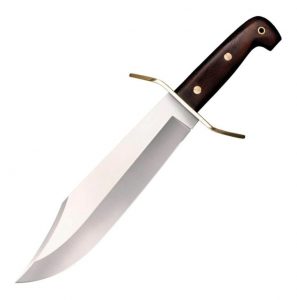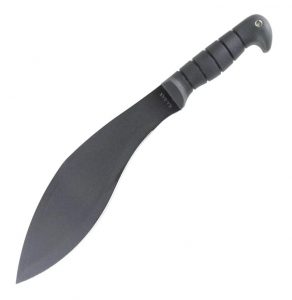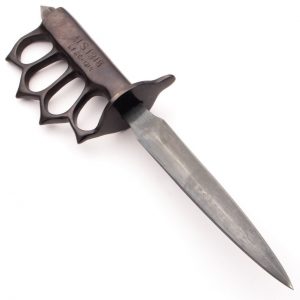Iconic Historical Knives You Can Still Own Today
They say history repeats itself—but in the knife world, it just gets sharper.
From the Roman Empire to the muddy trenches of World War I, blades have played starring roles in some of humanity’s most defining moments. But here’s the best part: you don’t need a museum pass or a time machine to get your hands on some of the most iconic historical knives ever forged. Whether you’re a collector, reenactor, or just a sucker for steel with a story, we’ve rounded up five legendary blades you can actually buy (and use) today.
The Fairbairn-Sykes Fighting Knife

Wartime elegance with deadly intent
Developed in WWII by British commandos William Fairbairn and Eric Sykes, this dagger was built for close-quarters combat—and yes, it looks as stealthy as it sounds. With its double-edged blade and slim profile, it was made to slide into enemy lines undetected.
Why it still rocks:
- It’s sleek, balanced, and purpose-built.
- Perfect for collectors or anyone channeling their inner secret agent.
- Modern versions from companies like Sheffield are still in production.
Bonus trivia: The Fairbairn-Sykes was so respected, it influenced many special forces knives worldwide.
The Bowie Knife (No, Not David)

The American frontier’s unofficial mascot
James Bowie may have lost his life at the Alamo, but his legacy lives on in one of the most iconic blades of the 19th century. With its exaggerated clip point and intimidating size, the Bowie knife became synonymous with rugged independence and no-nonsense utility.
Why it still rocks:
- Great for outdoor use—chopping, skinning, or just feeling like a pioneer.
- Modern Bowies come in everything from classic wood handles to tactical G-10.
- The sheer variety makes it a collector’s dream.
Fun fact: Some claim the original Bowie was forged from a file.
The Kukri: Warrior Steel from the Himalayas

Curved, capable, and kind of terrifying
The Gurkhas of Nepal have been carrying the kukri into battle for centuries—and for good reason. This inward-curving blade delivers serious chopping power, acting as a machete, axe, and knife all in one.
Why it still rocks:
- Excellent for heavy-duty tasks like clearing brush or splitting wood.
- Distinctive shape makes it a standout piece.
- Companies like KA-BAR and Cold Steel offer modern interpretations.
Note: Owning a kukri may result in the uncontrollable urge to clear small forests.
The Roman Gladius

Used by Roman legionaries, the gladius was compact, efficient, and brutal in formation combat. Its short, double-edged design made it ideal for stabbing between shields—and dominating battlefields for centuries.
Why it still rocks:
- Unique in design and historical flair.
- Perfect for wall displays or your next gladiator-themed BBQ.
- Modern replicas are surprisingly affordable.
The Trench Knife

WWI’s answer to brutal close combat
A knuckle-duster meets dagger, the trench knife was forged for life (and death) in the muddy, brutal confines of WWI trenches. With brass knuckles built into the handle, it wasn’t subtle—but it was effective.
Why it still rocks:
- Intimidating, collectible, and undeniably cool.
- Some designs even feature hidden blades or spiked knuckles.
- Still available in tribute form from several knife makers.
History Buffs: Share Your Blade Lore
Got a favorite era, weapon, or historical knife replica you’re proud of? Ever reenacted a battle, sliced with a Gladius, or accidentally cleared a campsite with a kukri?
Drop a pic or a story in the comments—or tag us with #KnifeDepotHistory. Let’s keep the steel-and-history conversation going!




Leave a Reply